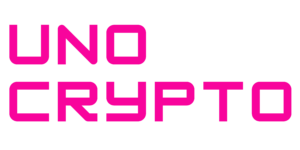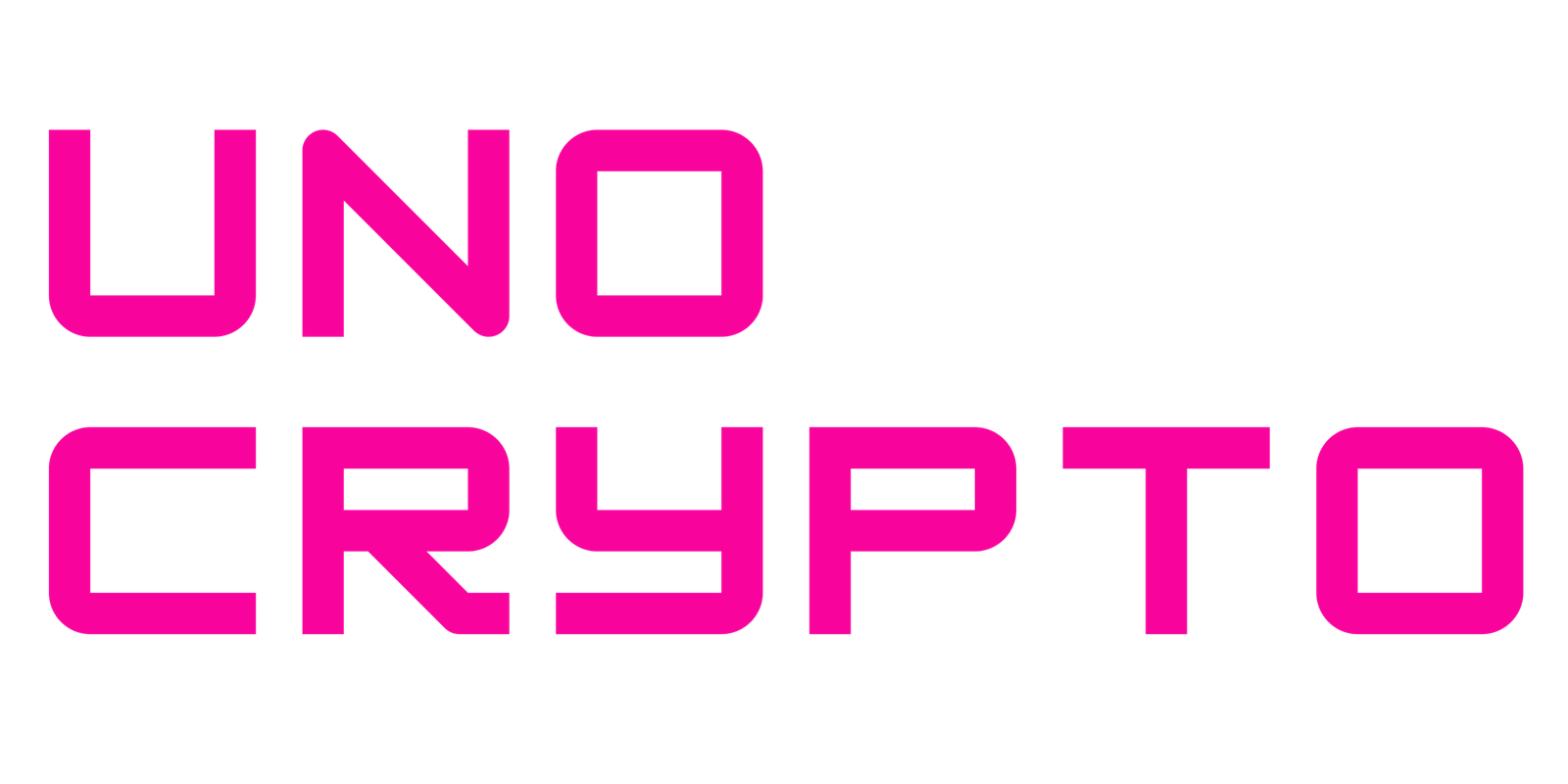Hyperliquid, a decentralized derivatives protocol, has launched a groundbreaking on-chain voting system that allows validators to determine the delisting of specific assets based on pledge weights.
Under this new governance model revealed on X, assets will be automatically delisted once validators reach the required staking ratio, eliminating the need for off-chain coordination.
The system reinforces Hyperliquid’s commitment to decentralization and transparency, ensuring that governance decisions are fully executed on-chain.
The first test of this mechanism is set to take place at 13:00 UTC on March 29, with the MYRO perpetual contract as the first asset up for a vote.
While Hyper Foundation validators 2 through 5 are expected to participate, validator 1 has chosen to abstain, further highlighting the independent nature of this governance model.
Fully On-Chain Governance Aims to Strengthen Transparency in DeFi
Hyperliquid’s introduction of a fully on-chain governance model aligns with the growing industry trend of eliminating centralized decision-making in decentralized finance (DeFi).
Unlike traditional governance systems, which often rely on behind-the-scenes discussions and manual interventions, Hyperliquid’s protocol ensures that all decisions are publicly verifiable and executed automatically.
While off-chain coordination is not required, some validators may still opt to disclose their voting intentions beforehand to enhance transparency.
If successful, this governance model could set a new standard for how DeFi platforms handle asset listings and removals, potentially influencing the broader decentralized ecosystem.
MYRO Perpetual Contract Faces Delisting, Raising Market Concerns
The selection of MYRO’s perpetual contract as the first asset under review has generated significant market discussions.
Perpetual contracts are critical instruments in DeFi, enabling traders to speculate on price movements without expiration dates.
A delisting would mean traders lose access to MYRO derivatives on Hyperliquid, possibly leading to reduced liquidity and heightened volatility.
Market participants are already responding to the uncertainty, with some traders adjusting their positions to hedge against potential risks.
Given that this is the first real-world test of Hyperliquid’s new governance framework, the outcome of this vote could set a precedent for future asset removals, shaping investor confidence in the protocol’s long-term stability.
Also Read: Hyperliquid TGE Participants to Receive $ANIME Airdrop Rewards: Details Below
MYRO Token Price Drops as Investors React to Delisting Fears
Following the announcement of the vote, MYRO has experienced a 7.08% price decline in the last 24 hours, with its current value standing at $0.01652.
The token’s market capitalization has also dropped to approximately $16.57 million, reflecting broader investor concerns.

The decline suggests that traders are uncertain about the implications of the potential delisting, prompting some to liquidate their holdings to mitigate risk.
If the vote passes and MYRO is delisted, further downward pressure on the token’s price could be expected.
However, if the proposal is rejected, MYRO could see a relief rally as confidence in its trading prospects is restored.
Hyperliquid’s Recent Milestones and Growing Scrutiny
Beyond the voting system launch, Hyperliquid has been making significant strides in DeFi innovation.
The integration of HyperCore and HyperEVM on the mainnet is now live, allowing seamless DeFi trading with HYPE as the first enabled token.
Additionally, Hyperliquid’s decentralized exchange (DEX) recently surpassed $1 trillion in total trading volume, a milestone that positions it as a competitor to major centralized exchanges.
However, the platform is also facing scrutiny, with Bitget CEO Gracy Chen raising concerns about Hyperliquid’s risk management practices, warning of potential systemic issues similar to the FTX collapse.
With increasing attention on its governance and risk models, Hyperliquid’s new on-chain voting system will serve as a crucial test of its ability to balance decentralization with stability in the fast-evolving DeFi landscape.


